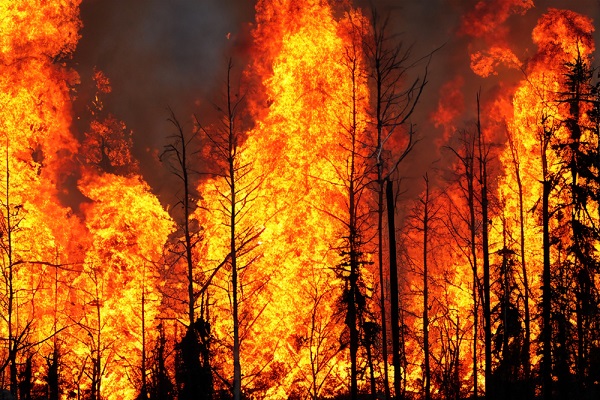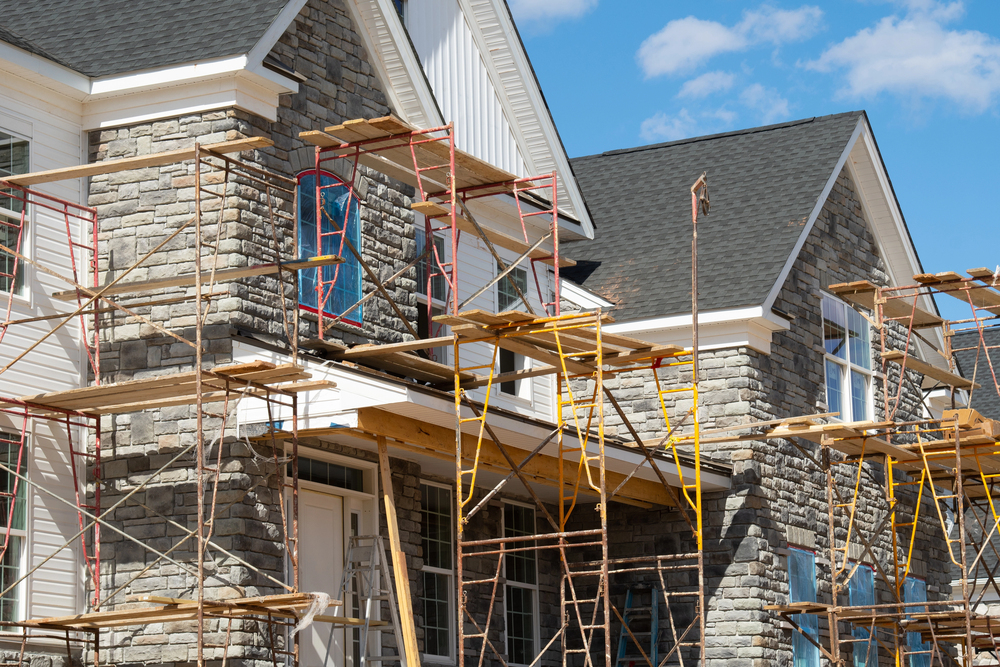3 Tips for Clients With Wildfire Claims

By: Thomas Brocksmith
At the beginning of August, 95 major wildfires were burning throughout the United States. This is a sobering figure. However, they are just a fraction of the over 31,000 fires that have burned in the U.S. in 2024 to date, according to the National Interagency Fire Center. In 2023, there were 56,580 wildfires reported.
Wildfires are a wide-reaching risk that occur with little warning. As a seasoned claims adjuster, I’ve handled countless wildfire claims and all too often I’ve seen insureds overwhelmed. But the more they understand about the claims process, the easier it tends to be.
Here are three tips agents and brokers can share with homeowners to help them manage a wildfire claim:
1) File a claim quickly. Following a large wildfire event, filing a claim quickly is essential because it gets the loss into the claims resolution queue. It may take some time for adjusters to get to everyone if a significant number of claims have been filed in the area. Agents should advise their clients to keep their insurance information in the cloud or another fire-safe location to help facilitate this process.
Once a claim is filed, the property owner will be assigned a claims adjuster who will provide directions specific to the circumstances. Clients should ensure that their contact information is up to date with their carrier so that the adjuster can easily reach them.
In the event of a total loss, the claim will likely include coverage of the dwelling, dwelling extensions—including structures on the property such as sheds, fences or swing sets— contents, and additional living expenses (ALE) coverage. The adjuster will review each applicable coverage with the insured.
2) Take stock and mitigate to prevent further damage. Whether the property has incurred structural damage that requires repair and replacement or smoke damage that requires the home and its contents to be professionally cleaned, insureds should never throw anything away—unless it causes a hazard—until an adjuster has indicated they may do so.
It is OK, however, to immediately mitigate to prevent further damages. For example, if a section of a roof has burned through, creating a hole where the elements can enter, the homeowner can either cover the opening with a tarp or pay someone to do so. Insureds should save the receipt and insurance will reimburse for this expense as agreed in the policy, provided the amount is reasonable.
Once time-sensitive mitigation is out of the way, homeowners can begin documenting the damage. This should include taking photos and videos and saving the images to the cloud, as well as creating a list of damaged or destroyed property. The insured should include as much detail as possible, such as manufacturer names, serial numbers and model numbers.
3) An adjuster needs an accurate inspection to pay a claim as quickly as possible. Other than to address any immediate safety concerns, it’s important to communicate with the adjuster before making any decisions. Each loss is unique and will be handled on its own merits. It can be tempting to dive into the cleanup process, but this generally must wait until after the inspection.
What can insureds expect from an inspection? Upon arrival, the adjuster will typically explain how they’ll perform the inspection up front. Afterwards, they’ll review what they find, and then explain the next steps. If the adjuster does not volunteer the above information, homeowners should not hesitate to ask them to go over the next steps.
Wildfire loss can be a lot to manage and adjusters can be a great resource to insureds. Adjusters are always happy to help people understand what it means to get a property back to pre-condition loss or how their deductible works. Just like agents and brokers, an adjuster’s job is to deliver great customer service and to take the time to explain anything that a client doesn’t fully understand.
Thomas Brocksmith is vice president of catastrophe operations at Crawford & Company.










